| Russia left me in total awe. As a
child and a young man I remember watching the intimidating parade of
Soviet tanks and missiles march down Red Square, on Television.
Russia's transformation from an authoritarian adversary to a democratic
accomplice was amazing enough, but nothing compared to standing on Red
Square, in that very spot, were tanks and missiles once rolled.
My entire two weeks in Russia felt like stepping into a history book. I
felt like I was actually witnessing some of the things that I learned
about this once vast empire. I traveled to Russia in 1998 and I
returned to St. Petersburg as promised,
ten years later in 2008. In 2017, we traveled to the city of Murmansk. |
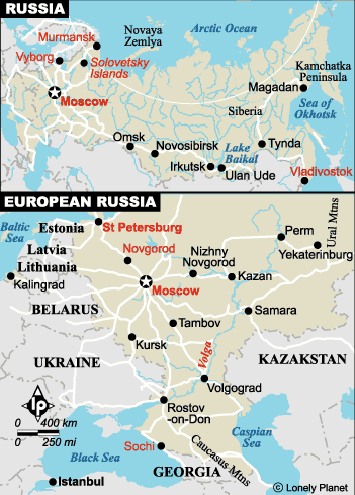 |
The south-west part of
present-day Russia was populated by Scythain tribes. In the third
century BC the Scythians were displaced by Sarmatians, who in turn are
overrun by waves of Germanic Goths. In the third century the Asiatic
Huns replace the Goths and were in turn conquered by Avars in the sixth
century. By the ninth century, Slavonic tribes begin to settle in what
is now Ukraine, Belarus, Novgorod and the Smolensk regions. Around 850
the first Russian state was founded. This state included what is now
West-Russia and Ukraine and is named the Grand Principality Rus
or Kiev. In 1132 Rus' collapsed and many small
feudal Russian states were formed. Eventually the Mongols took control
of the area.
The Grand Principality of Muscovy over time became the dominant Russian state and annexed neighboring states. The state was renamed Russia 1547. The country became an absolute monarchy under Tsar Peter the Great (1682-1725). He made Russia into an Empire 1721. Russia expanded during the centuries and included areas between the Baltic Sea and the Pacific Ocean as well as Central Asia. For some times it even included Alaska (1799-1867). Imperial
decline
became evident in Russia's defeat in the unpopular Russo-Japanese war
in 1905. Subsequent civic disturbances forced Tsar Nicholas II to grant
a constitution and introduce limited democratic reforms, though the
government
remained authoritarian. In 1914 Russia entered
World War I against Germany. The ruinous effects of World War I,
combined with internal pressures, lead to the March 1917 uprising.
Tsar Nicholas II abdicated the throne and a provisional government came
to power. A second revolution in 1917 changed this path and Vladimir Lenin, siezes control and established the Soviet Union. Civil war broke out in 1918 between Lenin's "Red" army and various "White" forces. The Bolsheviks triumphed and the Red army conquered Ukraine, Belorussia, Azerbaijan, Georgia, and Armenia. In the beginning of World War II the USSR annexed Estonia, Lithuania and Latvia, as well as Molavia, preiously part of Romania. Between 1941 and 1944 large parts in the west of the USSR were occupied by Germany. In World War
II the
USSR was one of the allied powers that defeat Germany. In 1991 the USSR
dissolved and Russia became it's
successor state. |
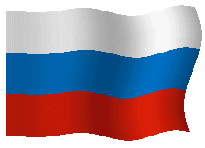  |
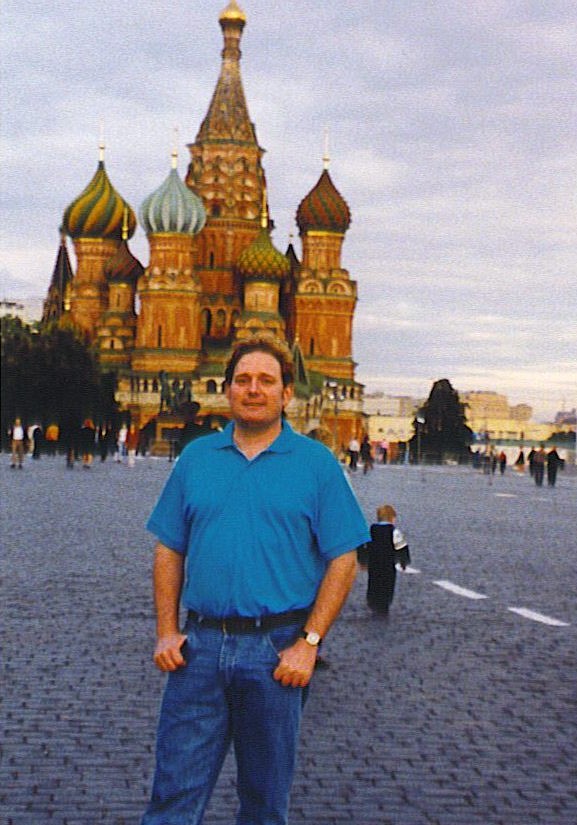
Red Square 1998
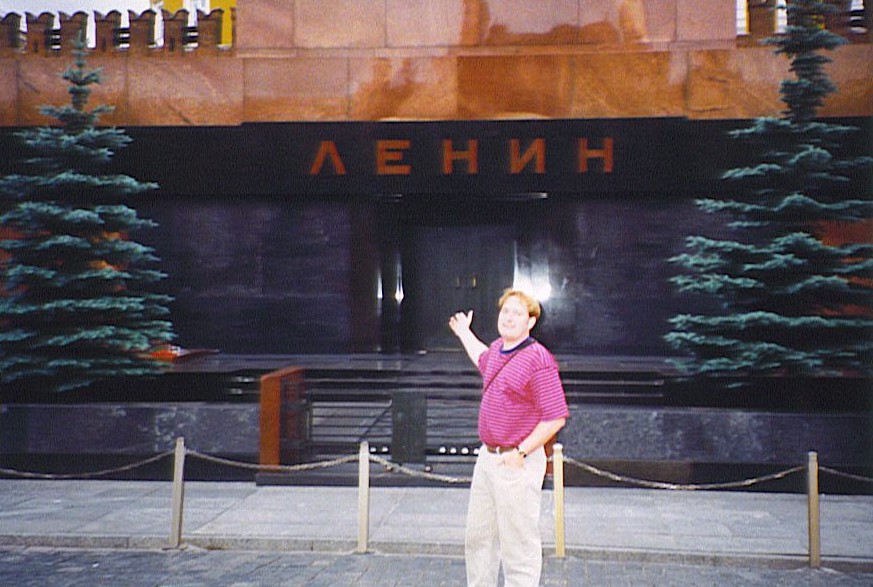
In Front of Lenin's Tomb
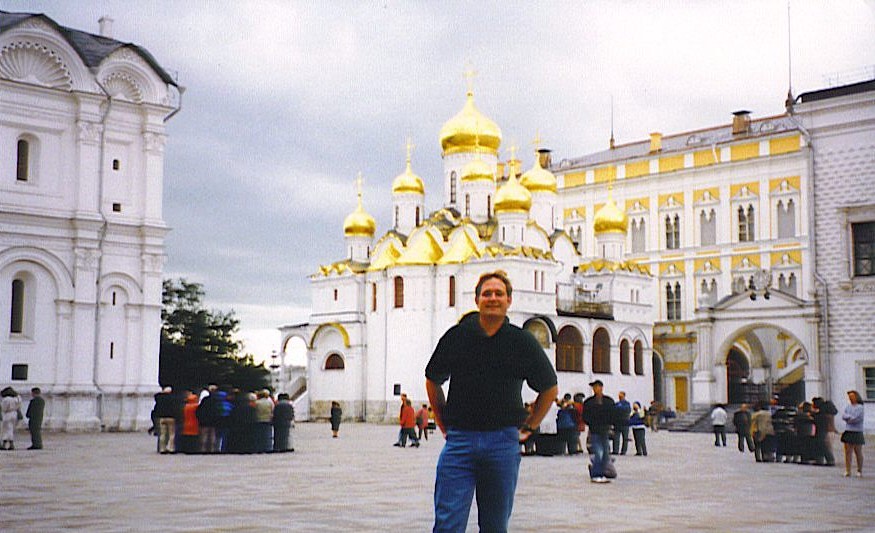
Inside the Kremlin, Moscow 1998
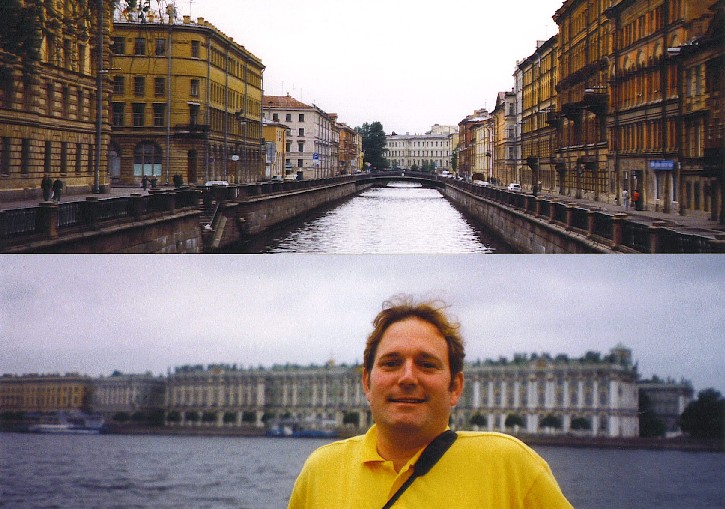
St. Petersburg (in Front of the Hermitage Museum) 1998
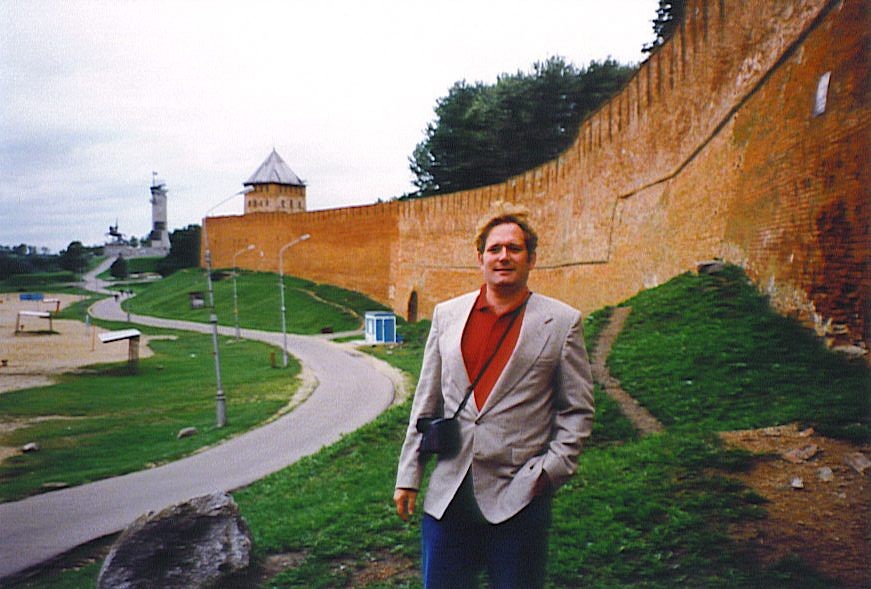
At the wall of the Kremlin in Novgorad 1998
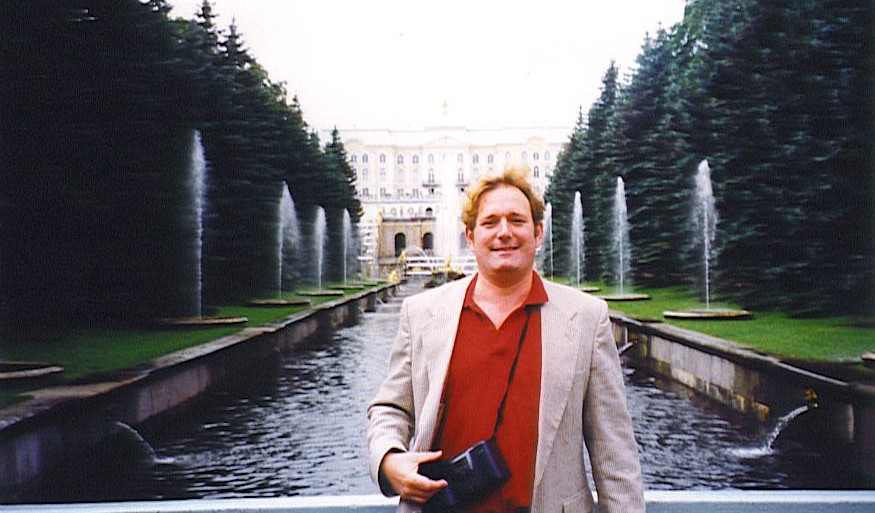
Peterhof Castle, Peterhof Russia 1998
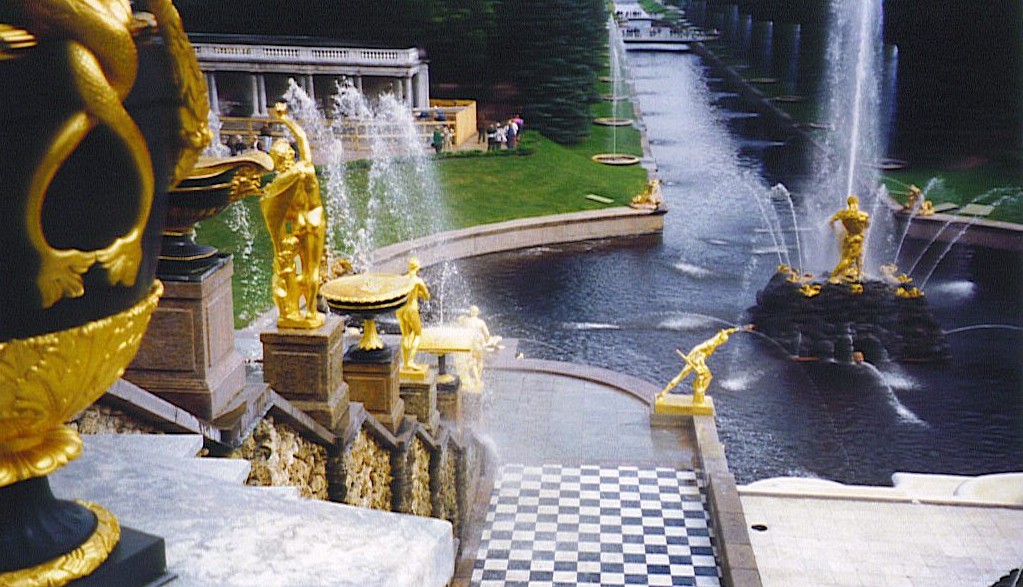
Pure Gold Statues at Peterhof
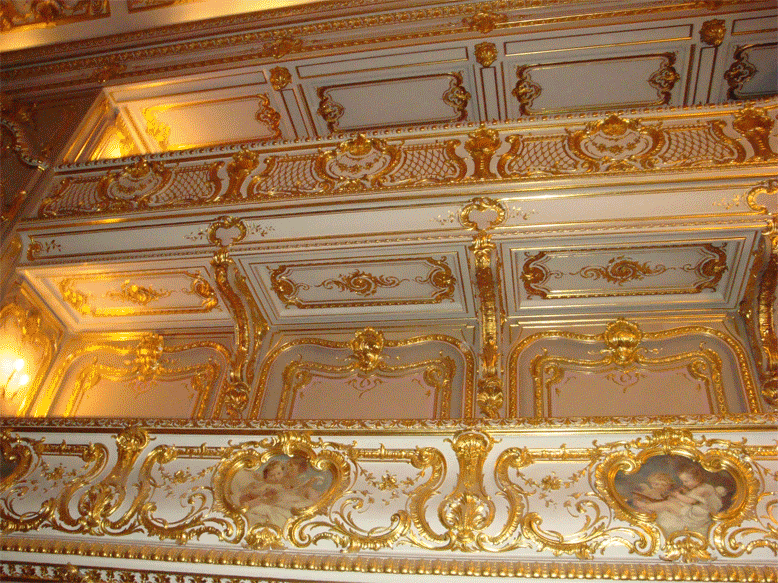
Images of St. Petersburg, 2008
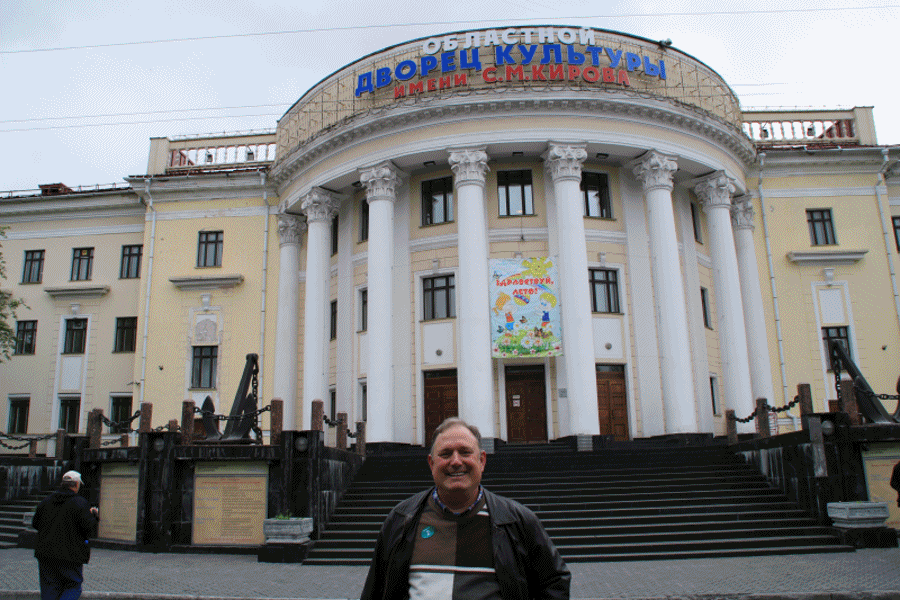
Images from Murmansk, 2017


